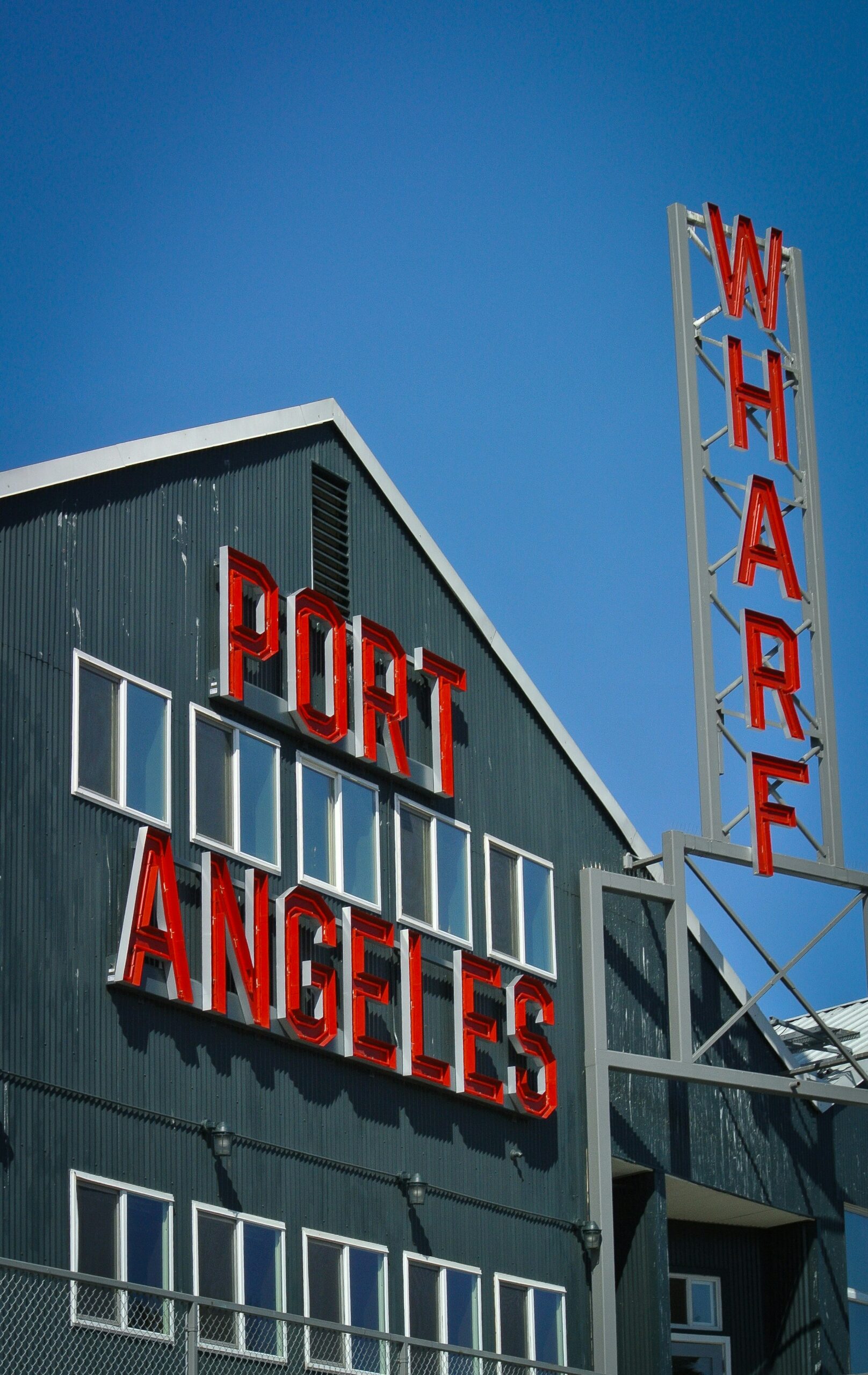Big changes arrived in Port Angeles, Washington this past summer. New rules for short-term rentals (STRs) started on July 1, 2024. The city calls it the Short-Term Lodging Business License program. They say it’s meant to control the growing number of STRs. These rentals often stir up debate in towns everywhere. But here’s the real question: Do these rules actually help the people living here? Or is it just more paperwork?
What Kinds of Rentals Are We Talking About?
First, let’s be clear. In Port Angeles, an STR is any home rented for less than 30 days straight. The city created two types:
- Type I: This is when owners rent out part of the home they live in. There’s no limit on how many Type I rentals the city can have.
- Type II: This is for rentals where the owner doesn’t live on the property. These are the ones getting the most attention. The city first capped these at 200 licenses, or 2% of all homes in the city – whichever number was higher.
Why make two types? The city seems to want homeowners renting out their own space. They want fewer properties acting just like hotels. That sounds good, right? But what does it mean in reality?
Safety Steps or Just Hoops to Jump Through?
Every STR owner now needs a license. Getting one means passing a Fire Life-Safety Inspection. Owners must also give the city detailed floor plans. These plans need to show important safety gear. Think smoke alarms, carbon monoxide detectors, fire extinguishers, and clear escape routes. Plus, owners need liability insurance and must follow a “Good Neighbor Policy.” These seem like smart steps for guest safety. They could also help keep neighborhoods peaceful.
A Surprising Twist in the Rules
But wait, there’s more. In August 2024, the city added a twist. A new rule change might let some Type II owners hold licenses for more than one property. Why? These owners need to meet certain rules about following past regulations and when they bought their properties.
This change made people talk, according to the Peninsula Daily News. And it makes you wonder. Why allow some people to own multiple non-owner-occupied rentals? Wasn’t the point to limit those? Does this new rule help responsible owners who’ve been here a while? Or does it create an unfair advantage? Could it let a few people control many rentals?
Who Makes Sure Rules Are Followed?
The city started enforcing these rules on November 1, 2024. They began by focusing on teaching owners and hoping they’d comply willingly. That makes sense – give people time to adjust. But the real challenge is long-term enforcement. Does the city have enough people and determination to check on these rentals? Will they deal with problems quickly? Or will neighbors have to do the policing? Why should residents be the ones reporting issues, instead of the city enforcing its own rules?
What the Market Looks Like
Data from Airbtics in September 2024 showed about 280 active Airbnb listings in Port Angeles. Rentals were booked about 69% of the time, costing an average of $176 per night. That sounds like good money for owners. The report called the rules “lenient,” but that might have been before the new 2024 rules really kicked in. Will these new regulations actually change the market? Or is the money just too good to pass up?
Balancing Tourists and Townspeople
Looking online, you can find lots of STRs in Port Angeles. They offer places for tourists visiting the beautiful Olympic Peninsula. But as these rentals multiply, what’s the cost to our community? Are we losing homes that local families could rent or buy long-term? Are we trading neighborhood peace for tourist money? Do officials really listening to residents worried about noise, parking, and strangers next door?
The Big Questions Remain
Port Angeles took a step by creating these STR rules. That’s a start. But the real story is in how these rules work day-to-day. We have to keep asking tough questions. Are these rules strong enough to protect our neighborhoods? Is the city enforcing them fairly? And the biggest question: Do these rules truly balance tourism benefits with the needs of the people who live in Port Angeles year-round? How the city answers these will show if we’re moving forward or just stuck in the same debate.
Sources for Regulations:
- City of Port Angeles – Short-Term Lodging: This is the official city page detailing the new regulations, definitions, requirements, and links to helpful documents.
- City of Port Angeles – STR Frequently Asked Questions (FAQ): Provides answers to common questions about the rules, application process, and types of STRs.
- City of Port Angeles – News Flash on Ordinance Approval: Announcement of the new rules taking effect July 1, 2024.
- City of Port Angeles – News Flash on 2023 Moratorium: Information about the temporary moratorium on new STRs in residential zones that expired in December 2023.






